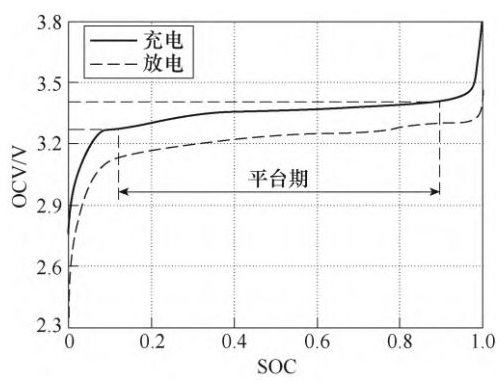Solution for Battery Open Circuit Voltage and AC Internal Resistance Sorting
I. Industry Background
With the rapid development of battery energy storage, new energy vehicles and other industries, the market's requirements for battery
performance indicators are getting higher and higher. Battery packs, as a collection of multiple batteries connected in series or parallel,
effectively enhance energy storage and output capabilities and are thus widely used. However, battery consistency, a key issue affecting
battery pack lifespan and cost, directly restricts its development and application.
Ideally, during the charging and discharging process of a battery pack, the voltages of all batteries should rise or fall simultaneously,
and the capacities, voltages,self-discharge rates, and internal resistances of different batteries should remain consistent. This ensures
that all batteries are fully charged or discharged at the same time, without overcharging or overdischarging any individual battery,
achieving the effect of 1+1=2.
However, in the actual production of battery packs, there are often significant or minor differences among different batteries.
This can lead to situations where,to prevent the poorest-performing battery in a battery pack from being overcharged or overdischarged,
other batteries are not fully charged or discharged, resulting in wasted performance of those batteries.
Therefore, consistency issues typically cause the cycle life of a battery pack to be
only 1/3 to 1/5 of the designed lifespan of a single battery. More severe consistency issues can even cause thermal runaway in the battery
pack, leading to equipment damage or personal injury.
II. Application Requirements
Based on the basic parameter indicators of batteries, the following six manifestations of battery consistency can be summarized.
1. Capacity consistency: The rated capacity refers to the minimum amount of electricity that a battery can discharge under certain conditions.
During the battery
production process, the sorting process of capacity classification is carried out to ensure that the rated capacity of the same battery pack is
within a certain range.
2. Internal resistance consistency: Battery internal resistance is generally divided into DC internal resistance and AC internal resistance,
corresponding to the DCIR and ACIR tests in the battery production process. Under normal circumstances,
batteries with low internal resistance have strong discharge
capacity, while those with high internal resistance have weak discharge capacity. Moreover,
high internal resistance generates a large amount
of Joule heat, causing the internal temperature of the battery to rise, resulting in a decrease in the battery's discharge working voltage
and a shortened discharge time, which has a significant impact on battery performance and lifespan. In the same battery pack,
the internal resistance of lithium batteries should be controlled within a certain range.
3. Constant current ratio consistency: The constant current ratio refers to the ratio of the constant current charge capacity of a single battery
to the total charge capacity
under constant current and constant voltage. The higher the constant current ratio, the better the battery performance. During the battery
production process,the sorting process of capacity classification is carried out to ensure that the single batteries in the same lithium battery
pack are in the same constant current ratio category.
4. Discharge platform consistency: From the OCV-SOC curve of the battery, it can be seen that there is a platform during the battery discharge
process where the OCV changes little while the capacity is constantly decreasing. During this period, the battery is in a stable discharge state.
During the capacity classification process, batteries can be charged and discharged under certain conditions to obtain
the OCV voltage corresponding to the discharge platform of
different batteries. In the same lithium battery pack, the single batteries should be in the same discharge platform category.

5. Consistent Open Circuit Voltage: Open circuit voltage refers to the potential difference between the two electrodes of a battery when it is
not being charged ordischarged. Through the OCV testing process, the open circuit voltage of the battery can be tested to ensure that the
voltage of individual cells in the same battery pack is controlled within a certain voltage difference range.
6. Consistent Battery Batch: Batch consistency means that the electrical performance of the same model of lithium batteries produced
using the same batch of materials, the same process, the same equipment, and at the same time is basically consistent.
The same batch of batteries should be selected for the same battery pack.
If the quantity of one batch is insufficient, batteries from adjacent batches with the same process should be selected.
III. Solution
The precision battery internal resistance tester developed by Ruijie Intelligent is fully compatible with the OCV testing process of lithium
battery cells and can quickl and reliably test the AC internal resistance and open circuit voltage of the cells. At the same time,
the tester is equipped with a sorting function.Press the number 6 on the test interface to open it. The sorting range and other
parameters can be set in the sorting settings. The sorting results can be output to the production line PLC through IO or
transmitted to the production line industrial computer or other upper computers through the serial
port to ensure the consistency of the internal resistance and open circuit voltage of individual cells.

